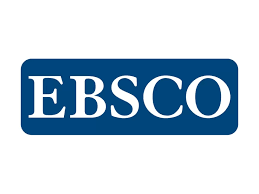TRANSPLANTE AUTÓGENO OVARIANO EM OMENTO MAIOR – ESTUDO EXPERIMENTAL
DOI:
https://doi.org/10.53855/bjt.v11i3.301Palavras-chave:
Ovário, Ciclo Ovariano, Ovariectomia, Desenvolvimento ExperimentalResumo
Objetivos: Avaliar aspectos morfofuncionais de ovários implantados no omento maior, bem como a melhor técnica para implantação do ovário: se íntegro ou fatiado. Métodos: foram divididas aleatoriamente 40 ratas Wistar com ciclos estrais normais em quatro grupos: Grupo I (n=5), controle – laparotomia; Grupo II (n=5), ooforectomia total bilateral; Grupo III (n=15), implante autógeno íntegro; Grupo IV (n=15) implante autógeno fatiado, ambos no omento maior. Realizaram-se esfregaços vaginais nos 3º e 6º meses pós-operatórios e estudos histológicos dos implantes ovarianos, avaliando-se: degeneração, fibrose, reação inflamatória, angiogênese, cistos foliculares, desenvolvimento folicular e corpos lúteos. Resultados: Os animais do Grupo I tiveram ciclo normal. As ratas do Grupo II não apresentaram ciclo, permanecendo em diestro. No Grupo III, 11 ratas permaneceram em diestro, três apresentaram ciclos incompletos e apenas uma teve ciclo normal. No Grupo IV, três animais não tiveram ciclo, oito tiveram esfregaços vaginais incompletos, e quatro tiveram ciclo normal. Achados histológicos dos animais pertencentes ao Grupo III evidenciaram histoarquitetura normal em dez ratas, porém, nas outras cinco houve degeneração ovariana. No Grupo IV, 14 ratas tiveram ovários com histoarquitetura preservada e em apenas uma houve sinais de degeneração. Conclusões: O implante autógeno ovariano em omento maior foi viável, obtendo-se melhor preservação morfofuncional com implantação de fatias.
















